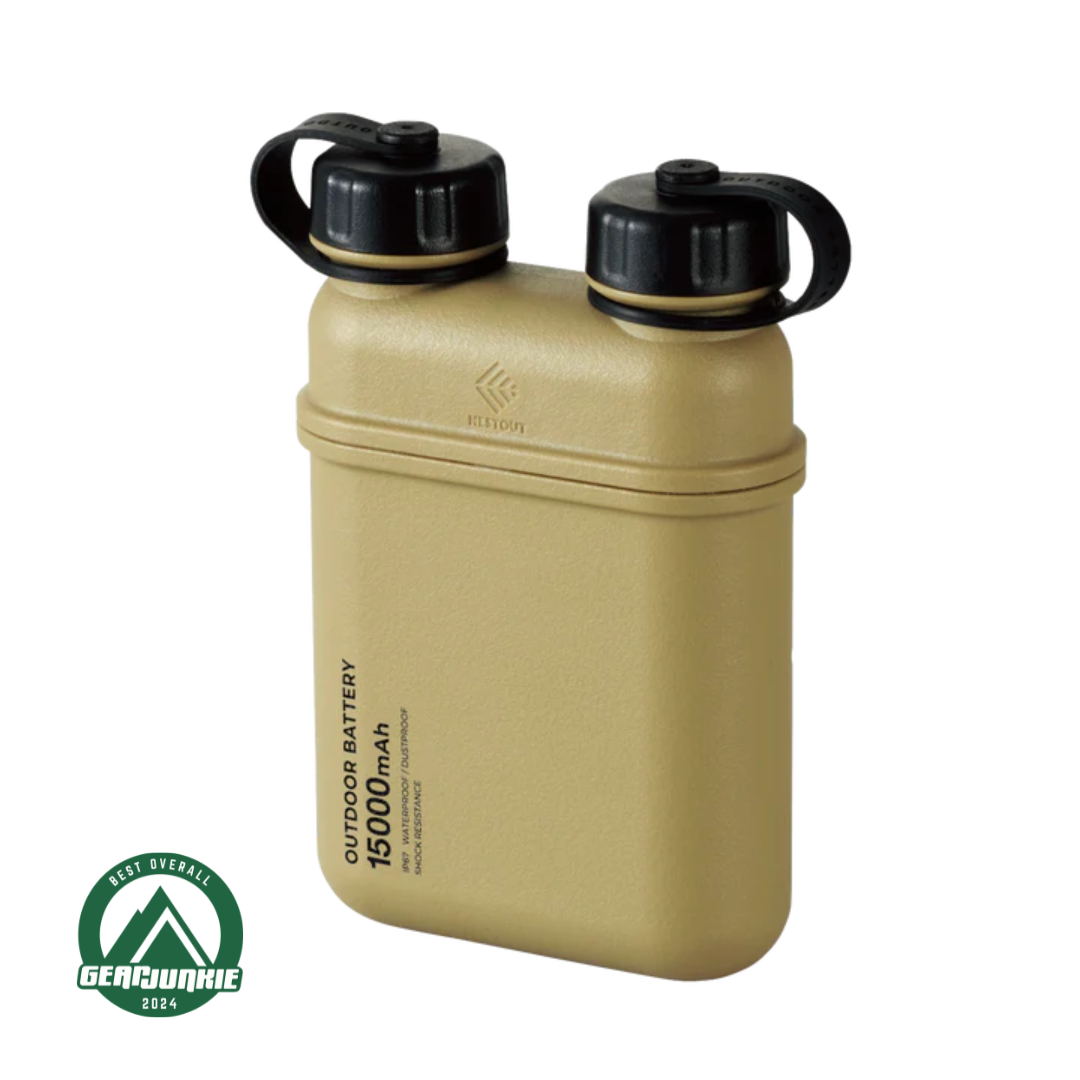Power Bank Buying Guide: What to Look for and How to Choose the Right One
Staying powered up means more than just carrying any charger. Whether you’re hiking remote trails, exploring national parks, or driving across the continent, your power bank needs to be reliable, durable, and ready for anything.
This power bank buying guide will take you through everything you need to know so you can choose the right device with confidence — and head out without limits.

At NESTOUT, we design outdoor-ready portable batteries made for the wild.
Our goal? To give you dependable, long-lasting power — wherever your adventures lead.
What Is a Power Bank and How Does It Work?
A power bank is a portable battery that stores electrical energy for charging your devices when you’re away from mains power.
It typically contains lithium-ion or lithium-polymer cells and includes ports to both receive and deliver charge.
Power banks work by first charging their internal battery (usually via USB or solar input) and then providing power to connected devices such as smartphones, headlamps, fans, GPS units, or tablets.
Common Power Bank Terminology
-
mAh (milliamp hours): Indicates capacity. Higher = more recharges.
-
Volts (V): Measures electrical pressure.
-
Amps (A): Measures current. Higher amps = faster charging.
-
Watt-hours (Wh): Total energy storage (mAh × Volts).
Understanding these units helps when comparing capacity, compatibility, and safety features.
What to Look for When Buying a Power Bank
Battery Capacity: How Much mAh Do You Really Need?
When choosing a power bank, start with its capacity.
Measured in mAh, this determines how many times your device can be recharged.
-
5,000 mAh: Up to 1 full smartphone charge
-
10,000 mAh: Up to 2 full smartphone charges
-
15,000 mAh: Up to 3 full smartphone charges — ideal for tablets, cameras, or multi-day trips

Explore our range from the Power Bank 5000mAh to the 15000mAh depending on your needs. Please note: these estimates are based on ideal conditions and may vary depending on your device.
Charging Speed: Fast Charging and Output Power
Look for high-output ports (2.1A or higher) to charge your phone or camera quickly.
Fast-charging technologies such as Power Delivery (PD) and Quick Charge (QC) can recharge compatible devices in a fraction of the time.
Input Speed: How Fast Can You Recharge Your Power Bank?
Let’s be honest — no one wants to wait 12 hours for a recharge.
Choose models with USB-C input, which supports faster recharging, particularly for larger-capacity batteries.
Port Types and Number of Devices Supported
Versatility matters. Select a power bank with multiple ports — such as USB-A, USB-C, or even built-in cables — to charge several devices at once.
Build Quality, Weight, and Durability
If you spend time outdoors, you need more than a sleek design.
NESTOUT’s rugged power banks are shock-resistant, water-resistant, and compact enough for comfortable carrying.
What Size Power Bank Should You Buy?
Choose based on your adventure style and duration:
-
-
Compact (5,000–10,000 mAh): Ideal for commuters, city explorers, and short hikes.
-
Medium (10,000–20,000 mAh): Perfect for weekend trips or users with multiple devices.
-
High-capacity (20,000+ mAh): Best for long journeys, group travel, or extended off-grid use.
-
NESTOUT offers a complete range of durable, efficient power solutions designed for modern adventurers.
Browse our full battery collection and find the ideal companion for your next journey.
Ready to upgrade your power game? Stay connected — wherever the trail leads you.


